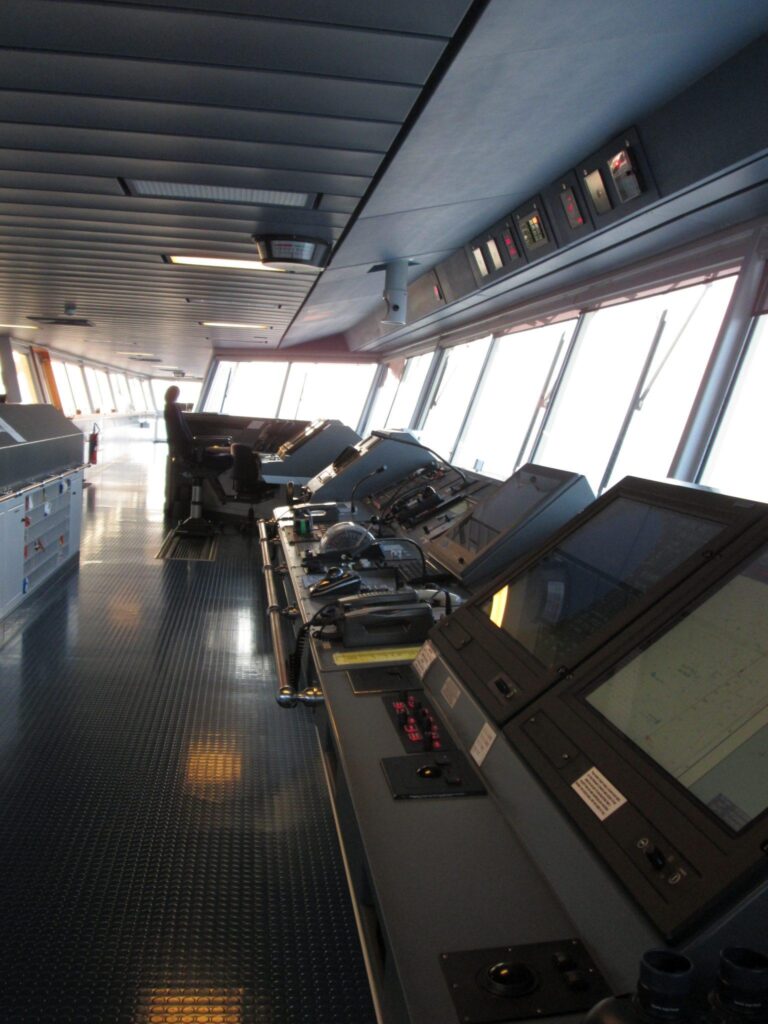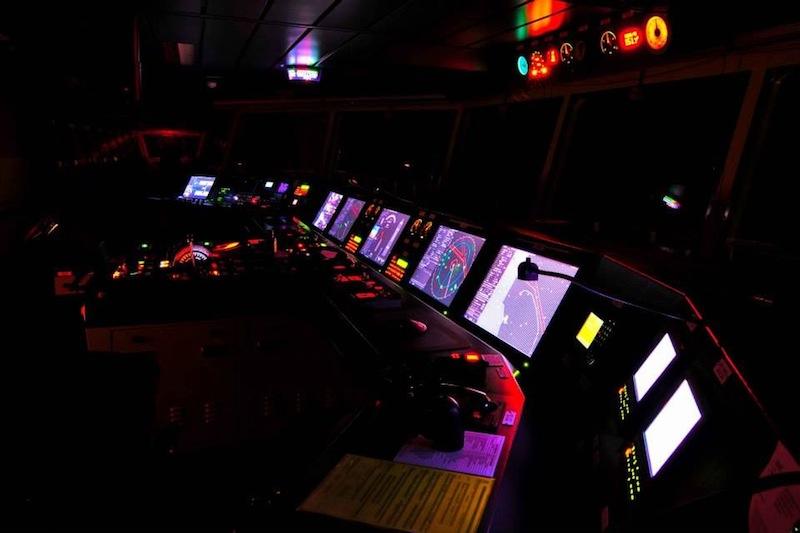

Radars have been playing a vital role in ship navigation for several decades now, assisting in collision avoidance and early detection of obstacles.
The history of marine radars goes a long way back to the time of World War II, when radars were introduced and effectively used by war ships for tracking and detection.
Radar technology has improved immensely from post-WWII period to the present and the application of computer technology to commercial marine radar sets resulted in the introduction of Automatic Radar Plotting Aids (ARPA).
ARPA provides all the necessary information for the radar users and helps in saving a lot of critical time from observing a target to finding the data using radar plotting and calculations. Collision avoidance and detection data is thus readily available to the radar users in no time, just by a click on the target.


Before we go in detail about Radar Watchkeeping, let’s have a look at the working of the Radar:
Working of Radar and ARPA
Radar (Radio Detection And Ranging) consists of different parts which can be mainly divided into:
a) Transmitter
b) Receiver
c) Scanner and
d) Display
The working process of Radar starts with an oscillator known as ‘magnetron’, which has a fixed frequency. The magnetron takes electrical inputs from a power source through a modulator and produces an output of electro-magnetic energy known as ‘pulse’. These pulses are sent to the scanner or the antennae through a metallic tube known as ‘wave guide’.
From the scanner these pulses are sent out to the atmosphere. The number of pulses sent out through the scanner per second is called the Pulse Repetition Frequency. The pulses travel through the atmosphere at the speed of light and gets reflected back after striking any target on its way. The reflected echoes reach back the scanner and the receiver processes and amplifies it and shows on the display screen as a ‘blip’ which is identified as the detected target.


The above diagram depicts the working sequence of Radar as explained. In the diagram, the following parts mentioned, serve for the purpose as stated below.
Related Reading : Different Types of Navigation Equipment and Tools Used on Ships
Working of ARPA
ARPA (Automatic Radar Plotting Aid) is a computerised additional feature to the Radar. ARPA takes feed of the own ships course and speed, and target’s course and speed, and calculates the collision avoidance data and simplifies the need for the users to calculate the data themselves. ARPA provides various other additional features and controls as well.


Carriage Requirement of Radar and ARPA.
The Chapter V of SOLAS details the carriage requirement of Radar and ARPA onboard ships
In the simplest words, they are as follows:-
The SOLAS also gives the provision to allow the use of any other equipment which can possibly perform all the functions of Radar and ARPA. But in practical, there is no other equipment efficiently suitable for this purpose.
Now that we have discussed the foundations of Radar, we will specifically look into the rudiments of Radar watchkeeping and the essentials of making use of Radar for collision avoidance and early detection.


Radar Watchkeeping
Radar Watchkeeping is the process of monitoring the Radar and making use of all its functions to make a full appraisal of any situation and early detection in order to avoid collision of ships.
Monitoring Radar is not limited to one single observation, but multiple observations of range and bearing will give better idea about the target’s course and speed and its track of movement related to own ship.
After a series of quick observations, the target should be plotted and the target’s data should be checked. The longer the plotting period the better will be the accuracy of the plot. The target should be plotted and monitored till it has passed and clear off from your own ship.
As mentioned earlier, the most effective way to use Radar is to detect the target as early as necessary (using range scales) and to plot it much before it approaches own vessel.
When the target is detected well in advance the actions to be taken by the ship will be a lot easier. It will also help to avoid close quarter situations and big alterations to avoid collision.
While having multiple targets in a situation such as fishing traffic, it is best to tackle it by taking actions one at a time rather than doing it all together. The targets with risk of collision should be avoided before giving importance to others.
The Radar and ARPA should be used as an aid, the actions and course alterations of own ship should be made with good seamanship in compliance with COLREGS.
Related Reading: The Ultimate List of Nautical Books for Deck Officers


The knowledge of Radar and ARPA controls is highly significant. A full advantage of the equipment can be made only if the radar user has the right knowledge about it.
Therefore, the controls of Radar and ARPA should be thoroughly familiarised for using the equipment effectively.
The OOW should be able to set-up and configure the radar settings if needed. Some of the important basic Radar controls are
A) Clutter controls – Rain, Gain, Sea
B) Pulse Controls, Range Controls
C) Performance monitor
D) Manual Tuning.
In Radar watch keeping, it is very essential to understand the limitations of the equipment as well. Over reliability on Radar and ARPA has been a reason for many accidents at sea. The radar users should understand the fact that it is equipment that has its own limitations and troubleshooting and the accuracy of the data largely depends on the performance standard of the equipment. Timely check on the performance of the Radar is of high-priority. Some of the important limitations of Radar are as follows:
We know that every ship navigator relies on Radars and makes use of the equipment on a daily basis. However we can’t be quite sure that we are making proper use of the radar unless we are fully aware and familiarised with the equipment.
Over to you…
We certainly welcome more points as comments, if we missed any.
Related Reading : Important Points OOW Must Consider While Handling Ship’s Radar










We believe that knowledge is power, and we’re committed to empowering our readers with the information and resources they need to succeed in the merchant navy industry.
Whether you’re looking for advice on career planning, news and analysis, or just want to connect with other aspiring merchant navy applicants, The Marine Learners is the place to be.